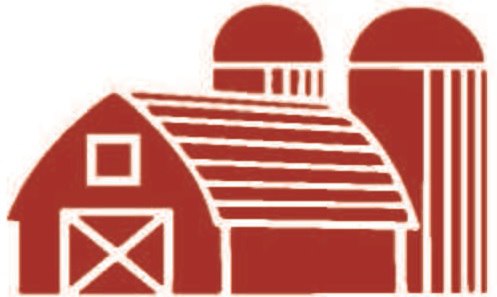Whether you are a cow calf producer making your living of grass or a row crop farmer we all have a similar concern- fertilizer prices.
Fertilizer prices have increase by nearly 100% in the last two years. This rise is due to a multiple reasons. Rapidly increasing input costs, the disruption of supplies caused by political sanctions and export restrictions, and world unrest regarding the war in Ukraine.
Natural gas is the main ingredient needed to produce ammonia. With Europe being concerned about stock piling gas for heating fuel for the coming winter, much of the natural gas needed to produce ammonia has been diverted from the production of fertilizer to insure ample supplies for winter.
Russia is a major exporter of fertilizer for the world. Currently Russia exports about 16% of the world’s urea and about 12% of the MAP and DAP used globally. We can’t underestimate the importance of these supplies that come from that part of the world. Even though there are supplies produced in other parts of the world, it is impossible for the other nations to ramp up production fast enough to offset the coming shortages.
Today, we are seeing urea prices surpass the all-time highs set back in 2008. Phosphate and potash nearing record levels, as well. China, India, United States, and Brazil are the largest consumers of fertilizer and in that order. Brazil and the United States are the two largest importers of fertilizer. A shortage of fertilizer just between the US and Brazil could considerably reduce world food supplies and create a worldwide food shortage. Now is an important time for governments to reduce regulatory burdens encouraging domestic companies to produce more product to avoid these shortages.
With the increasing cost of fertilizer, it is more important than ever to utilize soil testing to know exactly what each field needs. I try to soil test at least a portion of my row crop and pasture acres every year. I believe this is particularly important as many of us are using more and more manure or poultry litter in our crop operations. With this practice, it is possible to get the P and K out of balance and potentially do more harm than good. Since I have spread a lot of litter in the past, I thought that this year would be a great opportunity to do a thorough job of testing fields. The results were not surprising.
My soils have increased levels of organic matter and phosphorus. The potash on the other hand needed to be addressed with chemical fertilizer to bring it back in line. The bigger surprise was the amount of lime some fields needed. This year with the high prices of fertilizer and the uncertainty of availability, liming becomes even more important to get the benefits of the nutrients available in the soil. Most producers try to test all fields every 3-4 years, but sometimes time constraints prevent us from looking at this important nutrient.
Regardless of whether we use manure or chemical fertilizer, lime on fields helps keep the soil pH in proper balance for optimum plant growth. Without the proper pH, the plant is not able to take up the other needed nutrients that are available in the soil. Acidity of the soil can also adversely affect how well our chemicals work for weed control. This will end up costing us additional money and trips over the field to keep weed pressures under control.
This year most of the fields tested needed at least 450 of ENM. Depending on where you get your lime this could amount to about 1.5 tons per acre. I had a couple of fields that were recently broken out of pasture that needed over 1200 of ENM or about 3 ton of lime per acre. Even though these grew good wheat this spring, the soybeans would have suffered a 15% yield reduction at this level. At 40 bushel per acre soybeans, a 15% reduction in yield would equal 6 bushels per acre. With beans at $14.00 at harvest time, liming the field would have made me about $84 per acre. This would amount to around a 200% return on the liming investment.
Soybeans do the best when the pH is between 5.6 – 7. Corn, milo, and wheat can all tolerate a more acidic soil than beans. The range for these grass crops is from a pH of 5 – 7.2. Since we don’t lime every year, I try to bring the soil pH to 7 which is a good range for all the row crops.
Pasture and hay ground is probably the most neglected of all the crops when it comes to liming. We generally calculate our fertilizer needs based on the stocking rate or the amount of hay we have taken off in the previous year. Many of us haven’t taken time to soil test our pastures and this could be costing us productivity and, in turn, dollars. Pure grass stands can tolerate lower pH’s, but if we try to inter-seed clovers or other legumes into these pastures we will have poor results if the ground needs liming. Red clover, sweet clover, and alfalfa all need soil pH’s over 6 for optimum growth.
If you don’t soil test yourself, it is important to talk to your fertilizer dealer and get them to test your fields. Lime is an inexpensive input that can pay big returns for row crop, pasture, and hay acres.
